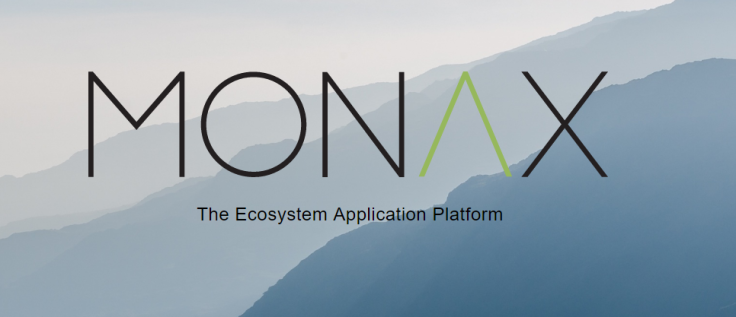Monax brings Ethereum technology to the Hyperledger Project
Monax is re-licensing its blockchain client to Apache 2.0 and proposing it to Hyperledger Technical Steering Committee for incubation.

Monax, the enterprise blockchain and smart contracts company, has succeeded where others failed. Monax has joined the Hyperledger Project as a general member and in doing so managed to bring Ethereum technology into the project.
A concerted effort last year to bring the Ethereum C++ client within the auspices of the Hyperledger Project ultimately failed because not everyone was happy to re-license under the Apache 2.0 licence.
Joining firms like IBM and Intel, Monax is re-licensing its blockchain client, which includes a built-to-specification Ethereum Virtual Machine (EVM), to Apache 2.0 and proposing it to Hyperledger Technical Steering Committee (TSC) for incubation. Monax is the first company among Hyperledger's 100+ members able to bring a custom implementation of cutting-edge Ethereum blockchain technology to the project.
Casey Kuhlman, chief executive officer of Monax, said: "We're very pleased to be joining Hyperledger and submitting our client for consideration by the TSC. From our perspective joining has many merits. Our users will benefit greatly from the confidence of Hyperledger's strong community and code governance frameworks. If our code proposal is accepted, Hyperledger will gain a blockchain client that includes an EVM. And we get to build new relationships with the outstanding people and firms of this consortium who are doing the hard work to advance smart contract technology to production-readiness and change the world."
"We're very happy to welcome Monax aboard," said Brian Behlendorf, executive director, Hyperledger. "Although a lot of big names have joined Hyperledger, cutting-edge startups like Monax have a great deal to contribute as well, both in terms of code and new ideas.
"We're especially excited at the prospect of bringing more Ethereum-related technology into the Hyperledger community, complementing the existing portfolio of projects. Monax's proposal and code makes this possible, and we are looking forward to working with them and the new participants this effort will attract."
Monax's smart contracts implementation extends the classic Ricardian Contract triple of legal prose, parameters and computer code, with an approach known as "dual integration". It allows you to effectively create a penultimate version of your smart legal agreement, then instantiate the corresponding smart contract on a distributed ledger.
Before running it, you take an identifier for that instantiated smart contract and insert it back into your smart legal agreement to create the final version of your smart legal agreement – and ultimately create your finalised smart contract.
© Copyright IBTimes 2025. All rights reserved.






















